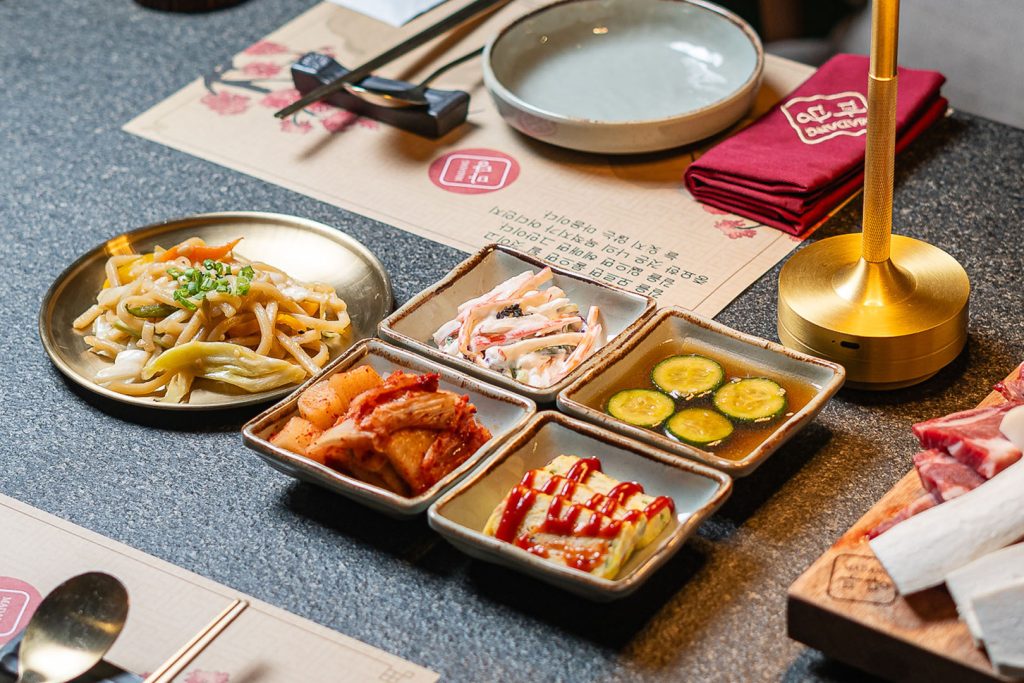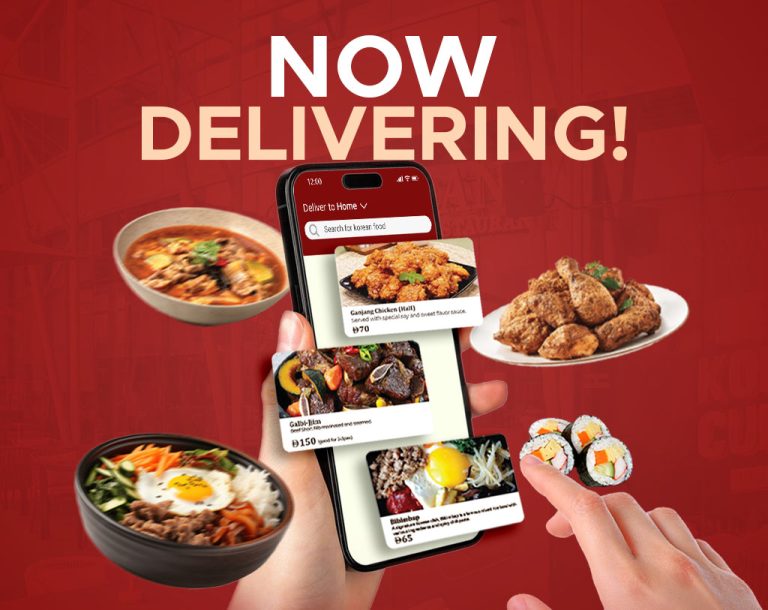Why Korean Pancakes Are a Staple Korean Food

If you’ve ever explored a Korean side dish in Abu Dhabi, chances are you’ve come across Korean pancakes—those crispy, golden bites served hot and fresh on a sizzling pan. Korean pancakes, or jeon, are one of the most loved items in Korean cuisine, whether served in a market stall, a home-cooked meal, or as part of a formal dinner spread. Their simplicity, versatility, and comforting flavour have earned them a permanent spot in everyday meals across Korea.
But what exactly makes these humble pancakes so popular? And why have they stood the test of time as a go-to snack, side dish, and even main course? Let’s dig into the story of Korean pancakes and discover what makes them so special.
A Glimpse into History
Korean pancakes date back centuries and are a prominent part of traditional Korean cuisine. While most people associate pancakes with breakfast or sweet treats, Korean pancakes flip that idea on its head. These are savoury, made from a simple flour or mung bean batter mixed with a wide range of ingredients—spring onions, kimchi, seafood, minced meat, tofu, or vegetables—then pan-fried to crispy perfection.
Traditionally, jeon were prepared during ancestral rites (jesa) or holidays like Chuseok and Lunar New Year. They were symbols of celebration, often laid out on ceremonial tables. Over the years, their role evolved from sacred to everyday, becoming part of Korea’s comfort food .
1. Quick to Cook, Easy to Serve
Vendors only need a hot pan, some batter, and fresh toppings to start cooking. The process is fast, often done right in front of customers. As soon as the pancake turns golden and crisp, it’s ready to serve—cut into bite-sized pieces and handed over with dipping sauce.
2. Customisable for Every Palate
Another reason for their popularity is how versatile they are. There’s a version of jeon for everyone. Love seafood? Go for haemul jeon with prawns and squid. Prefer something spicy? Try kimchi jeon. Want something hearty but mild? Beef or tofu pancakes are perfect. This flexibility makes them an easy crowd-pleaser
3. Crispy, Savoury, and Comforting
There’s something about the texture of Korean pancakes that people can’t resist. The crisp edges, soft centre, and flavour-packed filling make them incredibly satisfying. Add a dipping sauce with soy sauce, vinegar, and chilli flakes, and you’ve got a snack that’s hard to put down.
A Dish for Every Occasion
Korean pancakes are a regular part of home-cooked meals and traditional dining in Korea. Families often prepare jeon for lunch boxes, dinner tables, or as a weekend snack. They’re especially popular during holidays and family gatherings, when large batches are made and shared with loved ones.
In a traditional Korean meal, pancakes are often part of the side dish spread (banchan). Their savoury flavour complements rice, soup, and meat dishes, adding texture and variety to the table. Their friendly shape and flavour make them a favourite with children and adults alike.
Types of Korean Pancakes You’ll Find
Though the term jeon covers many varieties, here are some of the most popular ones:
- Kimchi Jeon – Made with fermented kimchi, this pancake has a spicy, tangy flavour that gets stronger when pan-fried.
- Haemul Jeon – A seafood lover’s delight, often filled with squid, prawns, and clams.
- Pajeon – Loaded with spring onions, sometimes served plain or with seafood.
- Gamja Jeon – A potato-based pancake, crisp and starchy with a light flavour.
- Yuk Jeon – Made with thin slices of beef, coated in flour and egg, then fried.
- Doobu Jeon – A simple tofu pancake that’s light, soft, and protein-rich.
Each one has its own texture and flavour profile, but they all share the same comforting, homemade feel.
Accompaniments That Go Perfectly with Korean Pancakes
Korean pancakes are great on their own, but they’re even better with the right sides. Here are a few accompaniments that make the dish feel complete:
1. Soy-Vinegar Dipping Sauce (Choganjang)
Almost every pancake comes with this on the side. It’s made with soy sauce, vinegar, sesame oil, and a bit of chopped spring onion or chilli. The tanginess cuts through the pancake’s richness, making each bite more balanced.
2. Kimchi
This fermented vegetable dish is spicy, sour, and crunchy—perfect for pairing with savoury pancakes. It adds a punch of flavour and a nice contrast in texture. Kimchi also brings probiotics and brightness to the meal.
3. Steamed Rice
Korean pancakes are often eaten with plain steamed rice. The mild flavour of rice balances the salty, savoury pancake, making for a satisfying combination that’s easy on the stomach.
4. Soup (Guk or Jjigae)
A light broth or spicy stew can turn your pancake snack into a full meal. Popular choices include seaweed soup (miyeok-guk) or kimchi stew (kimchi-jjigae). The warm liquid helps cleanse the palate between bites.
5. Other Banchan (Side Dishes)
Pickled radish, seasoned spinach, marinated bean sprouts, and potato salad are just a few examples of what you might find next to your pancakes in a traditional Korean meal. These little dishes offer variety in flavour and texture, making the whole meal feel more exciting.
Final Thoughts
Korean pancakes have earned their place as a staple in Korean culture for good reason. They’re easy to make, full of flavour, and incredibly versatile. From seafood to kimchi to beef, there’s a version for everyone—and they’re just as enjoyable at home as they are in a bustling street market.
Their crispy texture, savoury flavour, and rich history make them more than just a snack. They’re a warm, familiar dish that brings people together, one pan at a time.
For a true taste of Korean pancakes, head over to Madang—an ideal spot to enjoy authentic flavours in a cosy setting.

Madang Korean Restaurant is one of the top-rated Korean restaurants in Abu Dhabi. Boasting of its traditional Korean interior design and style seating giving customers unique and realistic experience of Korea and its vast number of authentic Korean Cuisine.
Quick links
Find Us
-
Main Branch (Now Open)
Ground Floor, Holiday Inn, 31st Dhafeer Street, Al Sa`Adah, Zone 1, Abu Dhabi, United Arab Emirates - +971 2 585 5441, +971 56 327 5999







